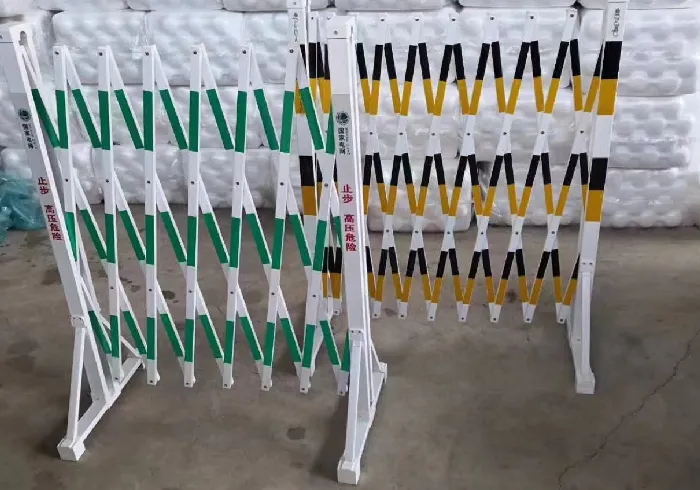loading...
- No. 9, Xingyuan South Street, Dongwaihuan Road, Zaoqiang County, Hengshui, Hebei, China
- admin@zjcomposites.com
- +86 15097380338
- Welcome to visit our website!
Choosing the Right Floor Steel Grating for Safety and Durability in Industrial Applications
The Utility and Benefits of Floor Steel Grating
Floor steel grating has emerged as a popular choice in various industrial and commercial applications due to its unique combination of strength, durability, and safety. Constructed from steel, these gratings consist of a series of parallel bars welded together to create a grid-like design. This design not only provides structural integrity but also allows for the effective drainage of liquids and the easy passage of light and air.
One of the primary advantages of floor steel grating is its strength. Steel is inherently robust and can withstand heavy loads, making it an ideal choice for environments where high traffic and heavy machinery are present. In industrial settings such as factories, warehouses, and power plants, floor steel grating supports the weight of equipment and vehicles while ensuring a stable walking surface for workers. This capability significantly contributes to workplace safety, reducing the likelihood of injuries caused by slips, trips, or falls.
In addition to strength, another significant benefit of steel grating is its excellent drainage properties. The open design of the grating allows liquids to flow through easily, reducing the risk of standing water that can lead to hazardous conditions. This feature is particularly advantageous in environments where spills are common, such as chemical plants, food processing facilities, and sewage treatment plants. By facilitating proper drainage, floor steel grating minimizes the accumulation of harmful substances and enhances overall safety in the workplace.
Moreover, floor steel grating is designed to be highly versatile, catering to various applications and environments. It can be manufactured in different thicknesses and patterns, allowing for customization according to specific project requirements. This versatility makes it suitable for both indoor and outdoor use. In outdoor settings, coated steel grating can resist rust and corrosion, extending the lifespan of the installation and reducing maintenance costs.
floor steel grating

Another compelling reason for the adoption of floor steel grating in construction and renovation projects is its ease of installation. The modular nature of the grating means that it can be fabricated off-site and then quickly assembled on-site, reducing labor costs and time associated with installation. This efficiency is particularly beneficial in time-sensitive industrial projects where downtime needs to be minimized.
From an aesthetic perspective, modern floor steel gratings are available in various finishes and designs, making them an appealing option for commercial applications as well. This allows businesses to implement practical safety solutions without sacrificing visual appeal. Additionally, when properly finished, steel gratings can enhance the overall industrial look of a space, contributing to a professional environment.
Lastly, it is worth noting the environmental benefits of using floor steel grating. Steel is a recyclable material, and many manufacturers now offer products made from recycled steel. This means that choosing steel grating for a project can contribute to sustainability efforts, aligning with the growing awareness and requirement for environmentally friendly construction practices.
In conclusion, floor steel grating is an invaluable component in many industrial and commercial environments. Its strength, durability, excellent drainage capabilities, and ease of installation make it a practical choice for various applications. Furthermore, the versatility in design ensures that it can meet specific needs while also enhancing workplace safety. As industries continue to prioritize safety and efficiency, the role of floor steel grating will undoubtedly grow, solidifying its position as a critical element in modern construction and design.
-
GRP Structures: The Future of Lightweight, High-Performance EngineeringNewsJun.20,2025
-
FRP Water Tank: High-Performance Storage for Corrosive and Clean Water SystemsNewsJun.20,2025
-
FRP Square Tube: The New Industry Standard for Chemical and Structural ApplicationsNewsJun.20,2025
-
FRP Pultruded Profiles: The Ultimate Choice for Lightweight Structural StrengthNewsJun.20,2025
-
FRP Handrails: The Safer, Smarter, and Stronger Choice for Modern InfrastructureNewsJun.20,2025
-
FRP Grating: The Smart Solution for Durable, Lightweight Industrial FlooringNewsJun.20,2025
-
Why Choose a Galvanized Water Tank for Your Storage NeedsNewsMay.21,2025
